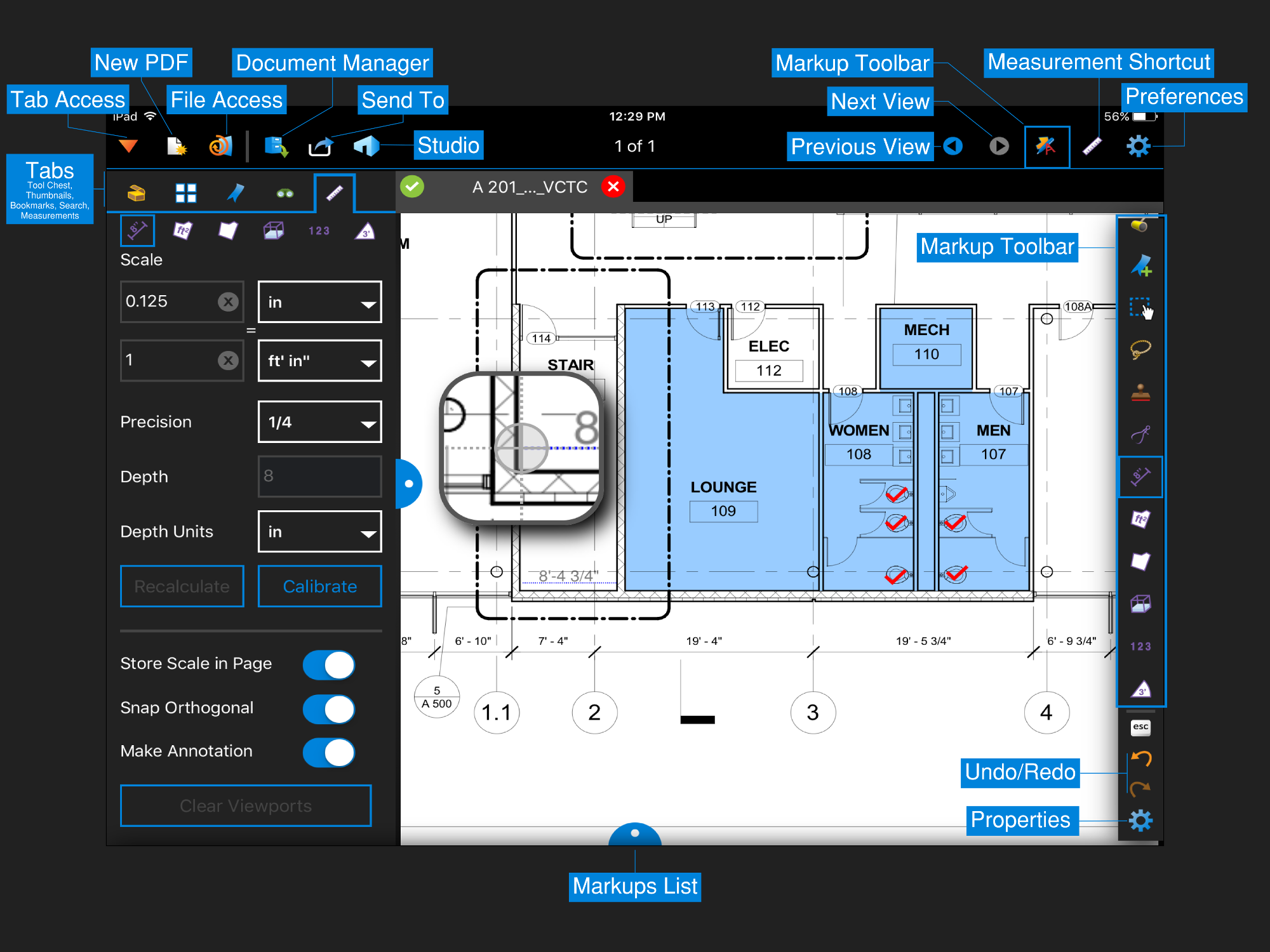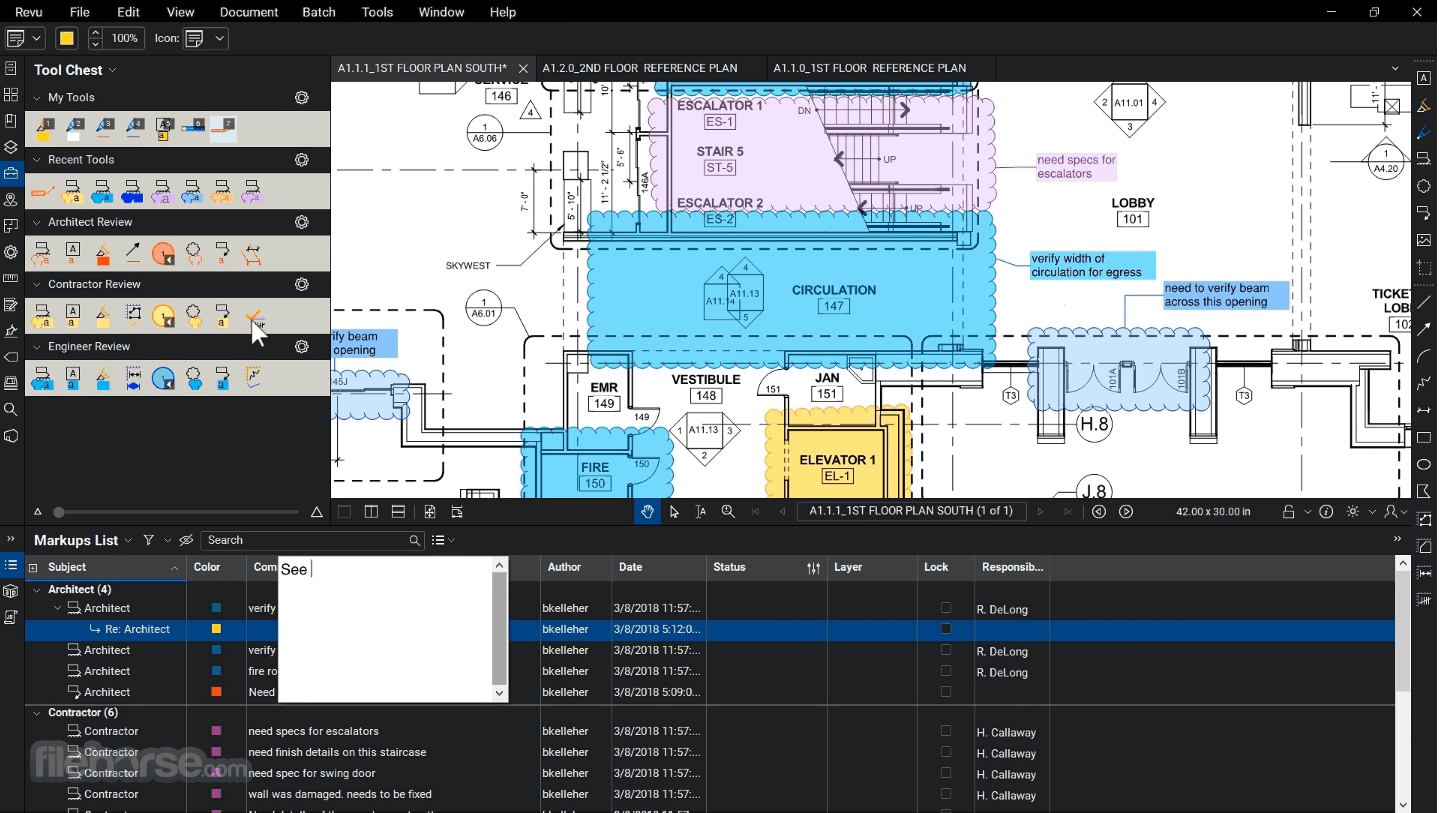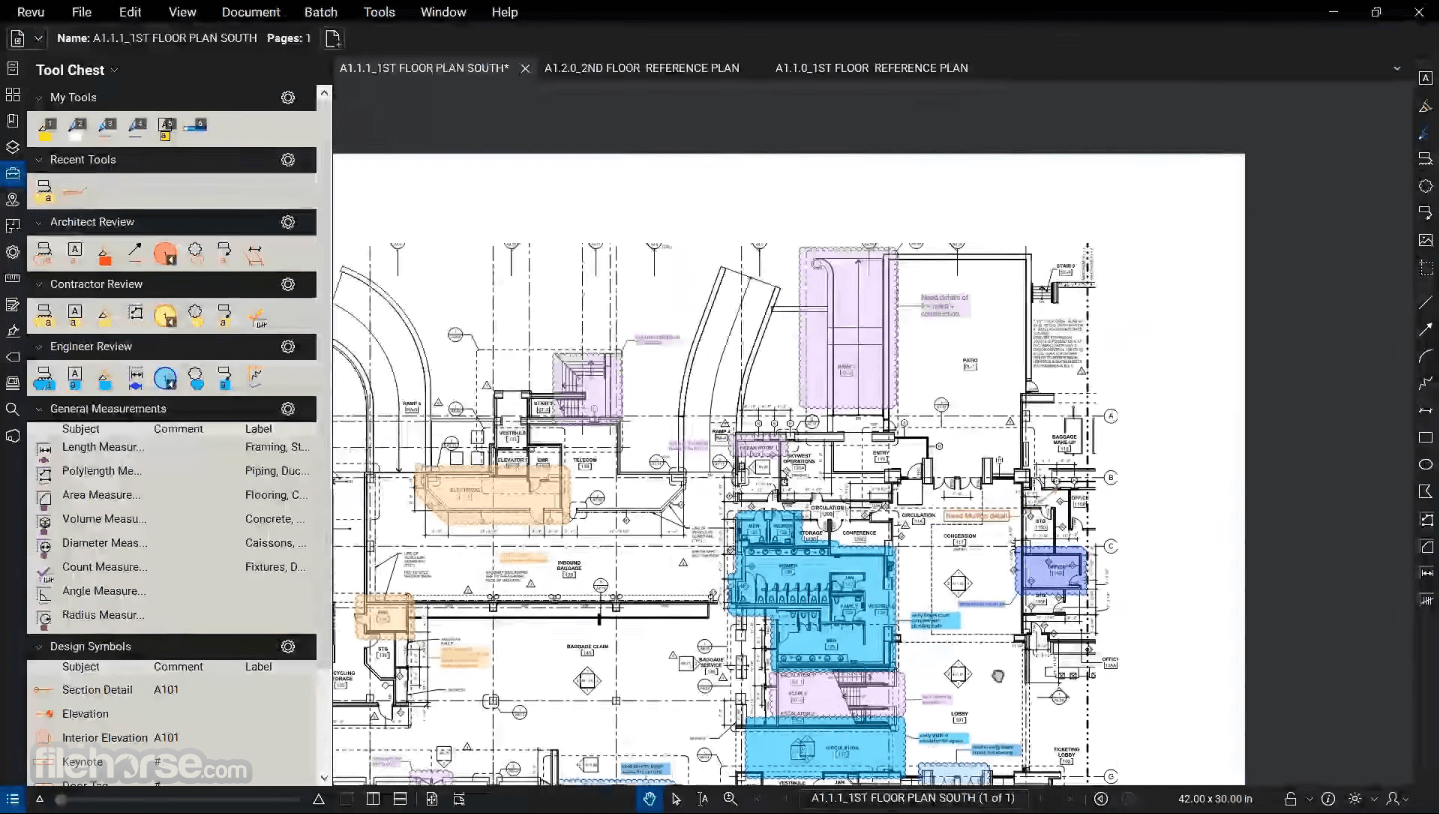bluebeam software download kicks off an intriguing journey into the world of digital document management, where efficiency and precision are paramount for professionals in architecture, engineering, and construction. From the moment you begin exploring Bluebeam, you’ll notice how it stands out with its robust PDF editing tools, collaborative features, and industry-focused solutions that streamline complex workflows.
Bluebeam has evolved from a simple PDF application into a comprehensive platform designed to meet the demands of modern project teams. Whether you’re considering your first download or planning a company-wide rollout, understanding the requirements, download process, and unique features will help ensure a hassle-free experience. With this guide, you’ll get clear steps for downloading, installing, and troubleshooting, plus tips for licensing and maximizing support resources.
Introduction to Bluebeam Software
Bluebeam software is a specialized PDF solution designed for professionals in the architecture, engineering, and construction (AEC) industries. Its primary function is to streamline project communication and document management, making it easier for teams to collaborate on complex plans and drawings. Unlike general-purpose PDF editors, Bluebeam offers industry-specific tools that address real-world challenges faced by construction and design teams.
First launched in 2002, Bluebeam began as a simple PDF creation tool but has evolved over the years to become an industry standard for digital workflows. It has expanded its functionality to include advanced markup, measuring, and collaboration capabilities. This evolution reflects the increasing demand for efficient, paperless processes in AEC sectors, making Bluebeam a go-to software for both small firms and large enterprises.
Some of Bluebeam’s standout features include intuitive markup tools, Studio for real-time collaboration, robust document security, and seamless integration with BIM workflows. These features distinguish Bluebeam from generic PDF tools, providing AEC professionals with a powerful platform to review, edit, and share project documents efficiently.
Key Features Distinguishing Bluebeam
Bluebeam stands apart from other PDF solutions by offering a suite of tools tailored for technical professionals. The following features highlight its unique capabilities:
- Advanced Markup Tools: Specialized markup functions such as callouts, clouds, and measurement tools designed for detailed technical drawings.
- Studio Collaboration: Enables multiple stakeholders to work on the same set of documents in real-time from any location.
- Customizable Tool Sets: Allows users to create and share tool sets specific to their workflows or project needs.
- Seamless BIM Integration: Supports integration with Building Information Modeling, facilitating smoother data exchange.
- Robust Security: Offers document encryption, redaction, and digital signature features to ensure data integrity.
System Requirements for Bluebeam Software Download
Before downloading Bluebeam, it’s important to ensure your system meets the necessary hardware and software requirements. Compatibility with your operating system and device will help guarantee optimal performance and a seamless user experience.
Minimum and Recommended Specifications
To help users prepare for installation, the following table Artikels the minimum and recommended system requirements for running Bluebeam Revu, the flagship product in the Bluebeam suite. The information below is based on official guidelines as of Bluebeam Revu 21.
| Specification | Minimum | Recommended | Notes |
|---|---|---|---|
| Operating System | Windows 10 (64-bit), Windows 11 | Latest version of Windows 11 (64-bit) | macOS not supported natively |
| Processor | 1.0 GHz or faster | 3.0 GHz multi-core | Performance improves with newer CPUs |
| RAM | 4 GB | 8 GB or more | Larger drawings benefit from more RAM |
| Hard Drive | 5 GB available space | SSD with 10 GB free | SSD recommended for faster access |
| Display | 1024 x 768 resolution | 1920 x 1080 or higher | High-res displays improve usability |
| Internet Connection | Required for installation & activation | Broadband connection | Offline installation options available |
Supported Operating Systems and Devices
Bluebeam Revu is primarily designed for Windows environments. There is no native macOS version, but Mac users can run Bluebeam via virtual machines or through cloud-based solutions. Bluebeam Cloud services are accessible via web browsers on any modern device, making it possible to review and mark up documents from tablets or smartphones when needed.
Steps to Download Bluebeam Software

Downloading Bluebeam software is a straightforward process, but following the recommended steps ensures that you get the correct edition and a legitimate copy. The process typically involves visiting the official Bluebeam website, registering for an account if needed, and selecting the appropriate edition for your workflow.
Official Download Procedure
Getting Bluebeam installed on your device involves the following steps. Each step is essential for hassle-free access and proper licensing.
- Visit the official Bluebeam website at bluebeam.com and navigate to the “Download” section.
- Select the version of Bluebeam Revu you wish to download (Standard, CAD, or eXtreme), depending on your project needs.
- Register for a Bluebeam account or log in if you already have one. Registration is required for licensing and support.
- Choose your operating system and download the installer file matching your system architecture (usually 64-bit Windows).
- Review the license agreement and proceed to download the installer package to your local device.
- Once the download is complete, locate the installer file (usually in your downloads folder) and prepare for installation.
Selecting the Appropriate Edition
Bluebeam offers multiple editions of Revu to suit different professional needs. Making the right choice ensures you have access to the tools you require for your specific workflow.
- Revu Standard: Ideal for general markup, measurement, and collaboration tasks.
- Revu CAD: Includes all Standard features plus direct plugins for CAD software like AutoCAD and Revit.
- Revu eXtreme: Designed for power users needing automation, scripting, batch processing, and advanced security tools.
Installation Process and Best Practices
After downloading the Bluebeam installer, properly following the installation steps is crucial for ensuring smooth operation and avoiding common pitfalls. Understanding each phase of installation, from starting the setup to entering your license key, helps reduce disruptions and ensures compliance across devices.
Detailed Installation Workflow
The table below summarizes standard installation steps along with common issues users may encounter and suggested solutions. This structure helps users and IT administrators anticipate and resolve potential problems efficiently.
| Step | Description | Common Issues | Solutions |
|---|---|---|---|
| 1. Run Installer | Double-click the downloaded installer file to launch the setup wizard. | Installer fails to start | Run as Administrator; check for incomplete downloads |
| 2. Accept License Agreement | Review and accept the End User License Agreement to proceed. | Cannot proceed past agreement | Ensure all fields are checked; restart installer if necessary |
| 3. Choose Install Location | Select the folder where Bluebeam will be installed (default is recommended). | Insufficient disk space | Free up space or select a different drive |
| 4. Enter License Key | Input your license key and serial number when prompted. | License key not accepted | Verify key; contact Bluebeam support for assistance |
| 5. Complete Installation | Allow the installer to finish copying files and setting up components. | Installation freezes or crashes | Temporarily disable antivirus/firewall; retry installation |
| 6. Launch Bluebeam | Open Bluebeam Revu and confirm successful installation. | Program won’t start | Restart computer; check compatibility; review error logs |
Best Practices for Installation and Deployment
For organizations planning multiple installations, adopting best practices can lead to a more efficient rollout and minimize technical issues. These recommendations apply to both single-device and enterprise-scale deployments.
- Always ensure that Windows and all drivers are fully updated before installing Bluebeam.
- Keep a record of your license keys and assign them methodically to avoid duplication or activation errors.
- For bulk installations, consider using silent or automated installation scripts to streamline the process across many devices.
- Test the installation on a pilot device before deploying to a larger group to verify compatibility and performance.
- Regularly back up Bluebeam settings and tool sets, especially before updates or reinstallation procedures.
Licensing and Trial Versions
Understanding the available Bluebeam licensing models and trial options helps users choose the best arrangement for their needs. Bluebeam offers both perpetual and subscription licenses, each with its own advantages and limitations.
Types of Bluebeam Licenses
Bluebeam’s licensing models are designed to cater to different organizational and project requirements. Here’s a summary of the main options:
- Perpetual License: One-time purchase that allows indefinite use of a specific version of Bluebeam Revu. Maintenance plans are available for updates and support.
- Open License: A concurrent licensing model, ideal for companies needing flexible access for multiple users. Licenses can be checked in and out as needed across devices.
- Subscription License: A cloud-based, annual or monthly payment plan that ensures users always have access to the latest version and support.
Trial Versions and Limitations, Bluebeam software download
Bluebeam typically offers a 30-day free trial for new users, providing access to all features of the Revu eXtreme edition. This trial lets users evaluate the software’s capabilities before purchasing a license. After the trial expires, the software reverts to view-only mode unless a valid license is entered.
Comparison of Licensing Models
Choosing between perpetual and subscription licenses depends on your organization’s long-term needs, budget, and IT management strategy.
- Perpetual License Benefits: Lower overall cost over time, one-time payment, no recurring fees, and full control over the software version used.
- Subscription License Benefits: Always up-to-date with the latest features and security updates, predictable budgeting, and access to cloud-based collaboration features.
Updating and Upgrading Bluebeam Software

Keeping Bluebeam software up-to-date is vital for security, stability, and accessing the latest features. Regular updates address bugs, introduce new tools, and maintain compatibility with other software in your workflow. Upgrading to newer versions also ensures continued technical support and optimal performance.
Checking for Updates and Applying Them
Bluebeam Revu includes a built-in update tool that simplifies the process of staying current. Monitoring for updates and installing them promptly is recommended for all users.
- Launch Bluebeam Revu and navigate to the “Help” menu.
- Select “Check for Updates” to prompt the software to look for the latest patches and feature releases.
- If an update is available, follow the on-screen instructions to download and install it.
- Restart Bluebeam Revu after the update process to ensure all changes take effect.
Upgrading from Older Versions to the Latest Release
When moving from an older version (such as Revu 2019 or 20) to the latest release, certain procedures must be followed to protect your data and settings.
- Back up all custom tool sets, profiles, and settings before starting the upgrade process.
- Download the latest installer from the official Bluebeam website.
- Uninstall the old version if required (the installer may prompt you), then proceed with the new installation.
- During installation, enter your updated license key if transitioning to a new licensing model.
- Restore your custom settings following installation to maintain workflow continuity.
Using the Built-in Update Tool

Bluebeam’s update tool is designed for convenience and reliability. Once activated, it streamlines the patching process without requiring manual downloads.
Upon initiating the “Check for Updates” tool, users are greeted with an intuitive pop-up window summarizing available updates. The interface highlights the version number, a brief description of new features or fixes, and provides one-click installation. Progress bars and confirmation prompts ensure users are informed throughout the process, reducing uncertainty or installation errors.
Final Conclusion: Bluebeam Software Download
By mastering the bluebeam software download process, you position yourself and your team at the forefront of productivity and collaboration. With streamlined installation, reliable support, and powerful document tools, Bluebeam makes managing complex projects smoother than ever. Whether you’re upgrading or diving in for the first time, this guide ensures you make the most of everything Bluebeam has to offer.
Essential FAQs
Can I download Bluebeam software for free?
Bluebeam offers a free trial version that you can download, but continued use after the trial requires a paid license.
Is Bluebeam compatible with Mac OS?
Bluebeam Revu is primarily designed for Windows. Mac users can access Bluebeam Cloud or use virtualization solutions to run the Windows version.
Do I need an account to download Bluebeam?
Yes, you typically need to create a Bluebeam ID or log in to your account to access downloads and manage licenses.
How do I update Bluebeam software after download?
You can check for updates directly within the application via the Help menu or download updates from the official Bluebeam website.
What should I do if my antivirus blocks the Bluebeam installer?
If your antivirus flags the installer, temporarily disable it during installation or add Bluebeam to your antivirus exceptions, ensuring you have downloaded from the official site.
